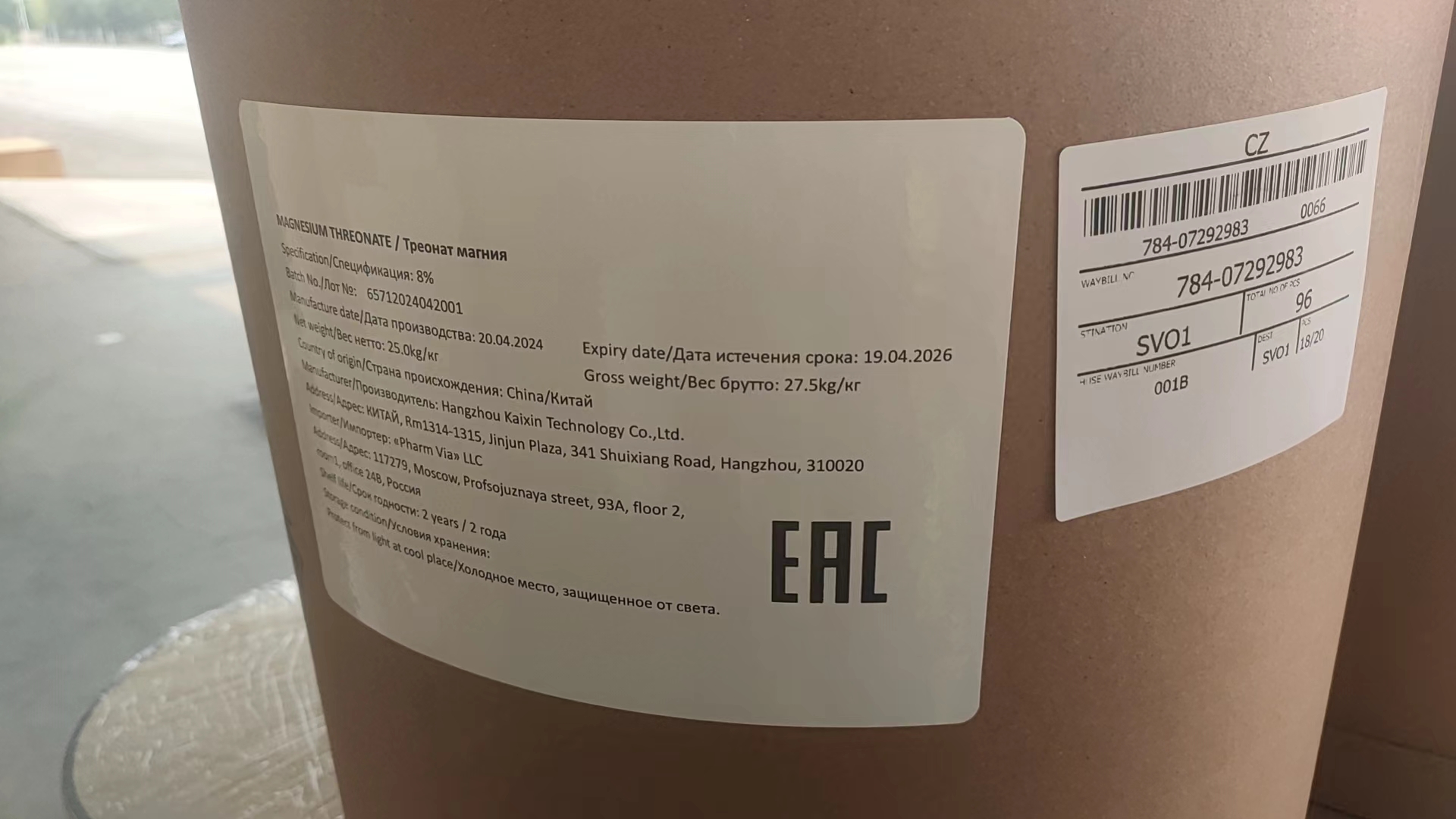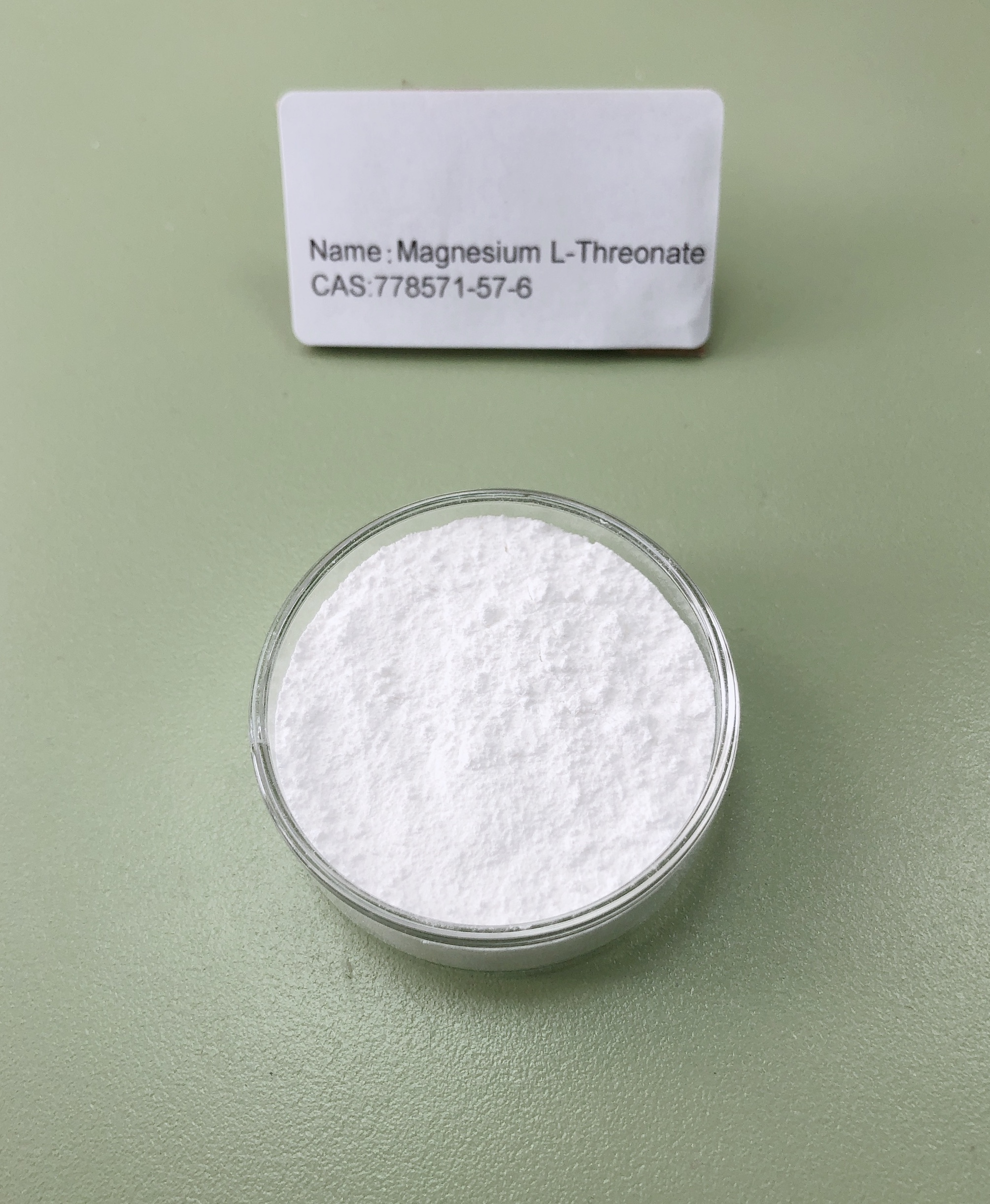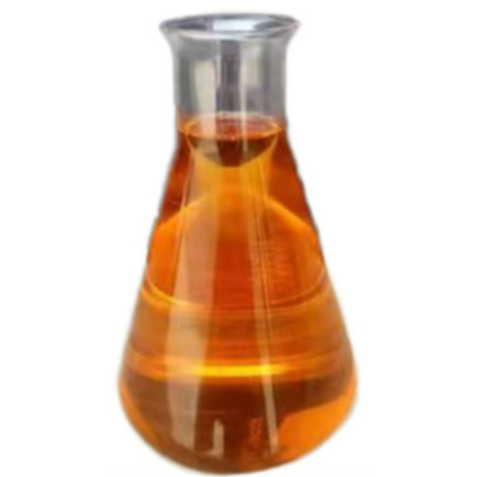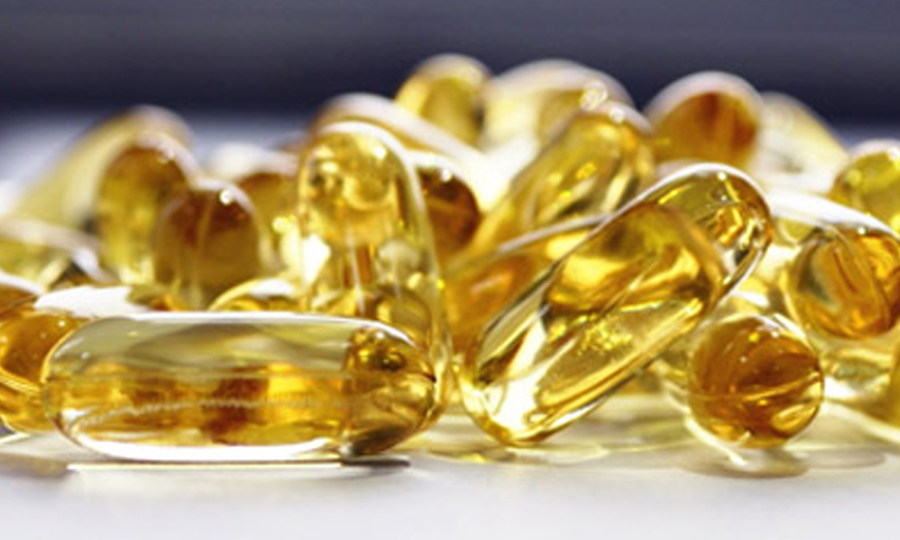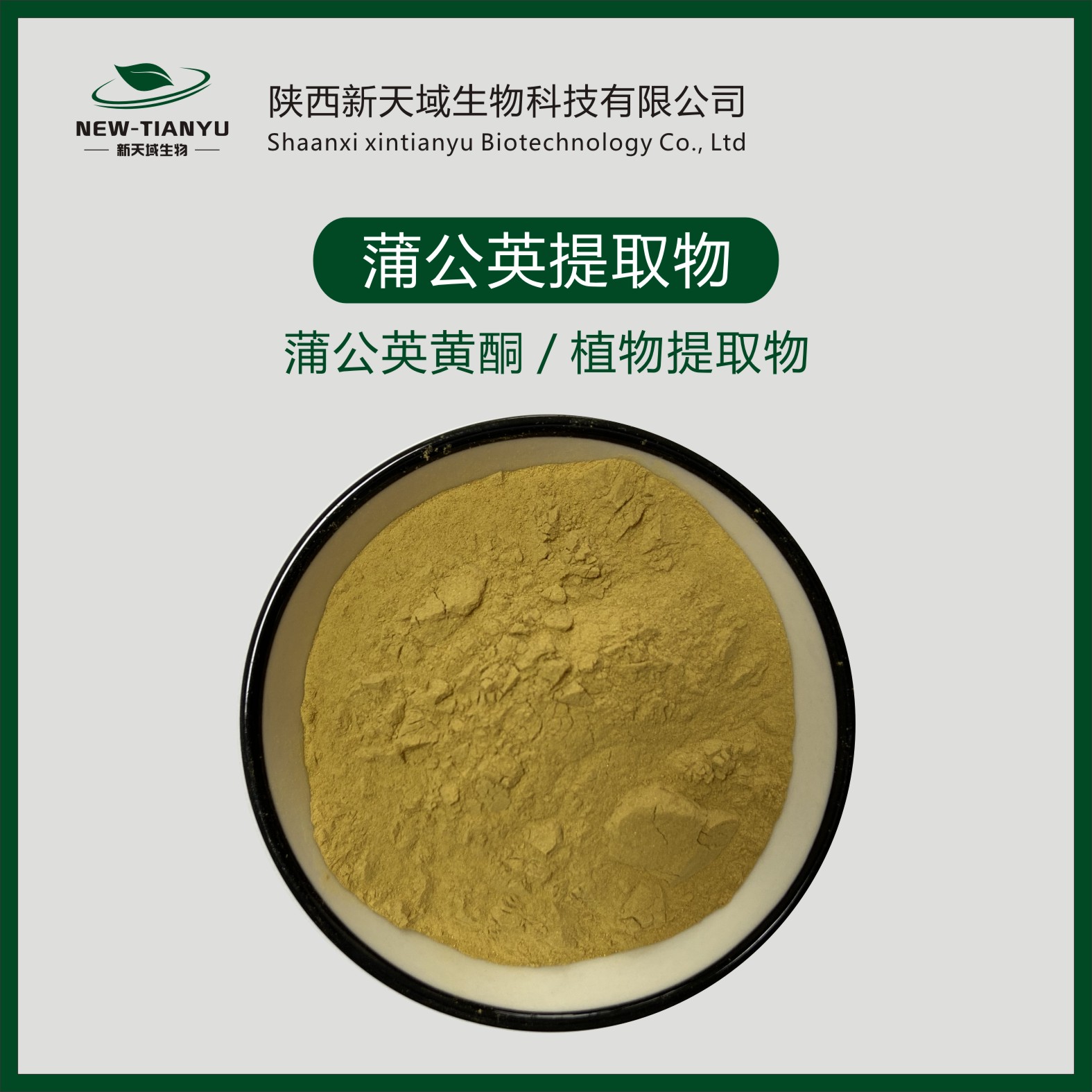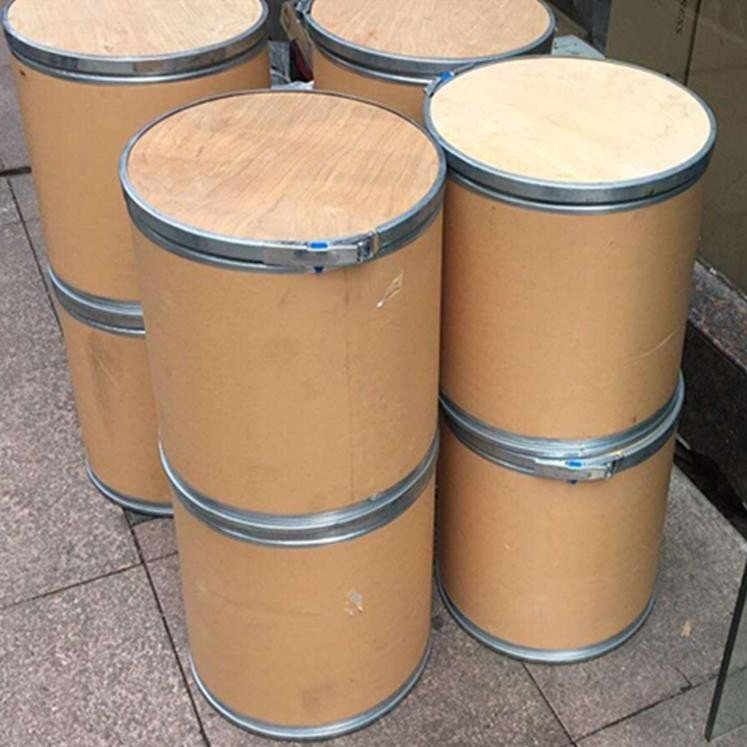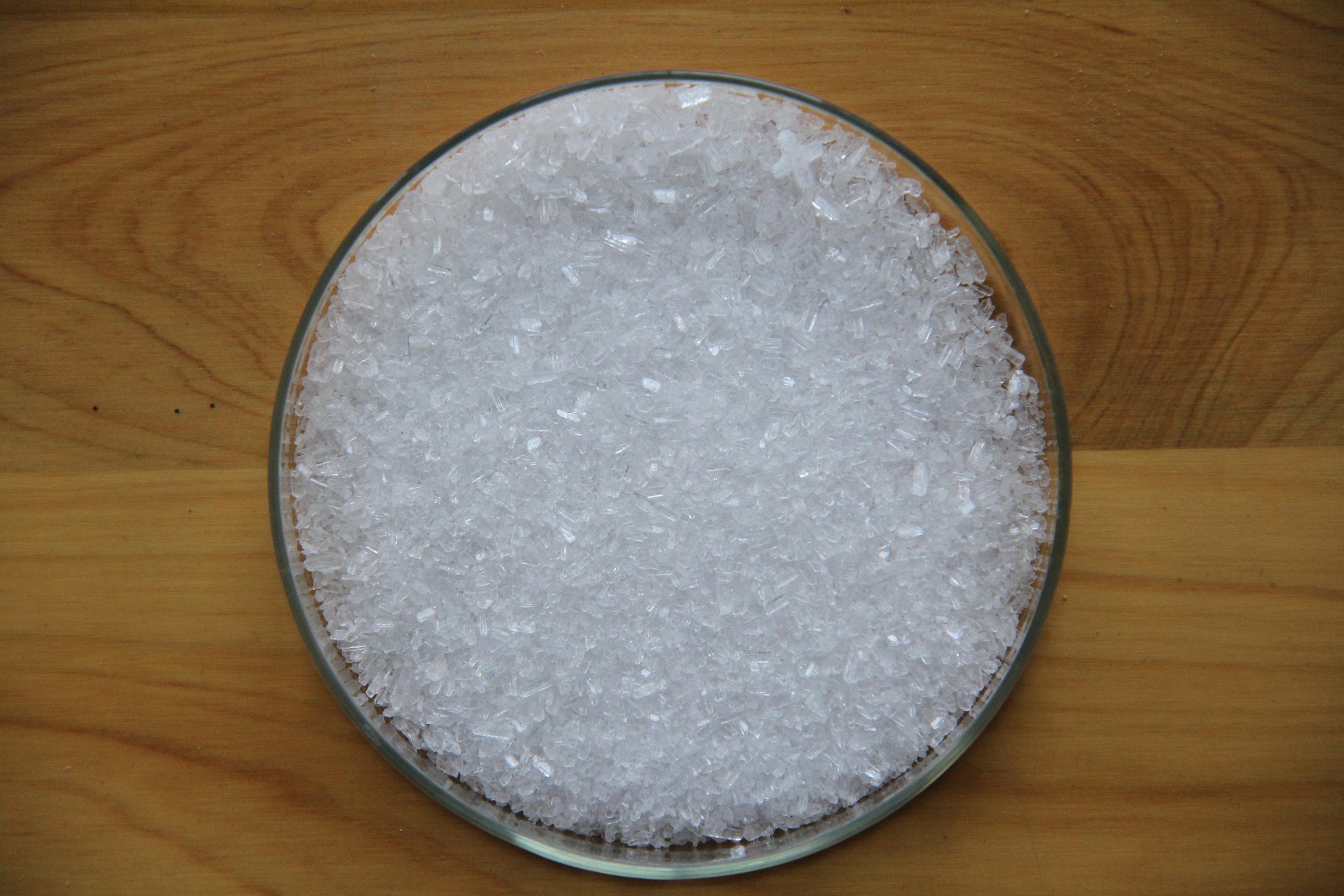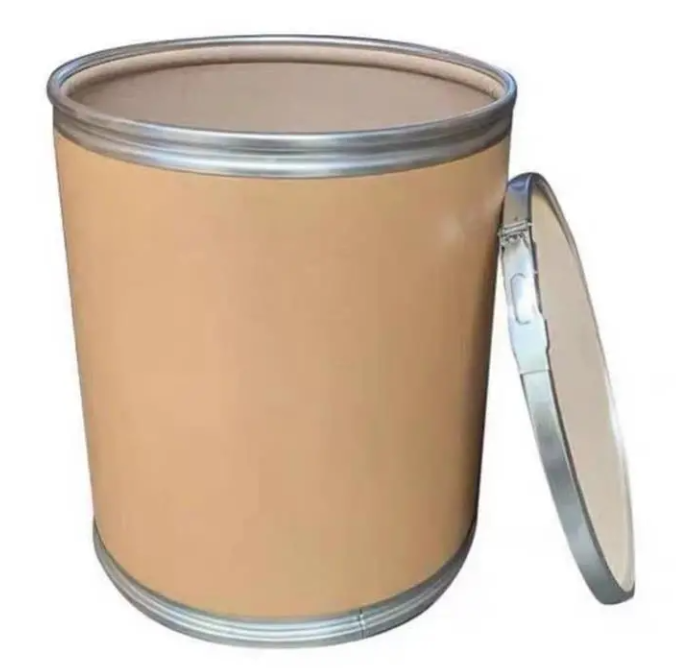Feed Additive
Additives For Food Packaging
Colorant
Stabilizer and Coagulator
Water Retention Agent
Feed Deworming Health Agents
Anti Corrosion and Preservation
Color Fixative
Flour Treatment Agent
Defoamer
Coating Agent
Feed Vitamins
Emulsifier
Other Food Additives
Nutritional Fortifier
Thickening Agent
Feed Quality Enhancer
Antioxidants
Chewing Gum Bases
Bulking Agent
Feed Amino Acids and Small Peptides
Flavor Enhancer
Sweeteners
Additives For Feed Preservation
Other Feed Additives
Food Additive
Bleaching Agents
Anticaking Agent
Food Flavors and Fragrances
Enzyme Preparation
Feed Trace Elements
Acidity Regulators
Feed Growth Promoters
Feed Conditioner
CAS:6485-39-8
Molecular Formula:C12H22MnO14
Alias
More Information
Manganese D-Gluconate; Manganese(II) Gluconate; Manganese(2+);(2R,3S,4R,5R)-2,3,4,5,6-Pentahydroxyhexanoate; Manganese(2+) Dihexonate
Brief Introduction
Manganese gluconate is mainly used as nutrition and dietary additive to prevent diseases such as dermatitis and joint pain.
Suppliers
View More Vendors (2) >
CAS:778571-57-6
Molecular Formula:C8H14MgO10
Alias
More Information
Magnesium L-Threonate; L-Threonic Acid Magnesium Salt; Magnesium (2R,3S)-2,3,4-Trihydroxybutanoate; Magnesium L-Threonate Anhydrous; Magnesium bis[(2R,3S)-2,3,4-Trihydroxybutanoate]; BIS[(2R,3S)-2,3,4-Trihydroxybutanoato-Alphao,Alphao']Magnesium; Magnesium, bis((2R,3S)-2,3,4-Trihydroxybutanoato-Kappao,Kappao')-, (T-4)-; Magnesium l Threonate
Brief Introduction
The effect of magnesium L-threonate is more effective in increasing the content of magnesium in cerebrospinal fluid. In animal models, only magnesium L-threonate, rather than magnesium chloride or magnesium gluconate, can increase magnesium content in cerebrospinal fluid and improve cognitive ability.
Suppliers
View More Vendors (2) >
CAS:8016-13-5
Alias
More Information
DHA/EPA; Oils, Fish; Fish Oil Dha; Fats And Glyceridic Oils, Fish; Promega; Oele, Fisch-; Krill Oil
Brief Introduction
The raw materials for making fish oil preparations are common in mackerel, herring, tuna, halibut, salmon, cod liver, blubber, seal oil, etc. generally, a small amount of vitamin E will be added to play an antioxidant role. Fish oil is a new resource food in China. In a broad sense, fish oil is the fat of fish including cod liver oil, but generally speaking, the main functional components of fish oil are DHA (docosahexaenoic acid) and EPA (eicosapentaenoic acid), which can regulate blood lipid, while the main functional components of COD liver oil are vitamin A and vitamin D, The main function is to prevent and treat vitamin A and vitamin D deficiency. Infants under 1 year of age do not need fish oil supplements (vitamin D supplements can be considered) if breast milk or formula + complementary feeding is sufficient.
Suppliers
View More Vendors (2) >
CAS:84775-55-3
Alias
More Information
Unii-L9D1817A42; Taraxacum Officinale (Dandelion) Extract; Dandelion Root Extract; Herba Taraxaci; Dandelion leaf; Taraxacum Officinale leaf Extract
Brief Introduction
Dandelion is a perennial herb in the composite family. It has a head like inflorescence and a pile of white crown hair on its seeds. After blooming, it floats to a new place with the wind to breed new life. There are many aliases, such as huanghuadiding, huanghualang, etc. there are 70 species and 1 variety in China, which are widely distributed all over the country. Dandelion extract enriches the effective components of dandelion and contains a variety of active substances, among which phenolic acids are rich. In particular, caffeic acid and chlorogenic acid are high in content. They have the functions of broad-spectrum bacteriostasis, cholagogic and liver protection, anti endotoxin, stomach strengthening and immune promotion. They are used to treat acute mastitis, lymphadenitis, urinary tract infection, etc. Dandelion contains a variety of active ingredients of healthy nutrition and rich trace elements such as calcium, iron and selenium, so it has very important nutritional value. The Ministry of health has listed dandelion as a dual-purpose variety for medicine and food, which has great application potential in food, beauty and health care.
Suppliers
View More Vendors (2) >
CAS:98-79-3
Molecular Formula:C5H7NO3
Alias
More Information
Hydroxy-Pyridin-3-Yl-Acetic Acid; L-Pyroglutamicacid; 5 Oxoproline; L-Proline, 5-Oxo-; (5s)-2-Oxopyrrolidine-5-Carboxylicacid; (s)-5-oxo-2-Pyrrolidinecarboxylicacid
Brief Introduction
In human skin, there is a kind of water-soluble substance with moisturizing function natural moisturizing factor, which is composed of amino acids (40%), pyroglutamic acid (12%), inorganic salts (18.5% of Na, K, CA, Mg, etc.) and other organic substances (29.5%). Therefore, pyroglutamic acid is one of the main components of skin natural moisturizing factor, and its moisturizing ability is far more than glycerol and propylene glycol. It is a good raw material for modern skin care and hair care cosmetics. Pyroglutamic acid can also inhibit the activity of tyrosine oxidase, thus preventing the deposition of "melanoid" substances in the skin and whitening the skin. It has softening effect on cutin and can be used in nail cosmetics. In addition to its application in cosmetics, L-pyroglutamic acid can also form derivatives with other organic compounds, which have special effects in surface activity, transparency and brightness. It can also be used as surfactant and detergent; Chemical reagent for resolution of racemic amine; Organic intermediates.
Suppliers
View More Vendors (2) >
Inquiry (
10
/ 10
)
Clear All
Sign In
Error!

